7B: Assessment
Once you can identify different types of wounds, understand the wound healing process and be aware of the factors that impact wound healing, you are ready to learn about how to assess a wound. Key elements of a wound assessment may include the following:
| Assessment | Explanation |
| The client’s health history |
This includes a history of the present wound or symptoms. You might like to ask:
It is also important to ask about general medical conditions the person may have such as their smoking history, mobility, medication and nutritional status. |
| Wound cause | It is important to determine the cause of the wound (e.g. due to an accident or surgery), the type of wound (e.g. skin tear, venous leg ulcer or pressure injury) and the classification of wound (e.g. the category of skin tear or the stage of pressure injury). |
| Wound size |
The size of a wound should be assessed when it first occurs. You should assess chronic wounds at least monthly or whenever there is any significant change in wound progress.
You can measure the size of a wound by tracing the wound margins and wound depth. Doing so allows you to be able to track progress over time. IMAGE - M7 13 Wound tracing IMAGE - M7 14 Measuring wound depth |
| Wound edge |
The wound edge or border can give important clues as to the type of wound that you are treating. These are some common examples:
|
| Wound location |
The location of the wound can aid diagnosis. For example:
|
| Colour of the wound bed (i.e. clinical appearance) |
The colour of the tissue in the wound gives an indication as to the health of the wound and this guides treatment options. For example, healthy granulation tissue is beefy red in colour and is an indicator of healing. However, unhealthy granulation tissue appears darker in colour and bleeds easily indicating that an infection may be present.
There are five main colours that you can use to describe the predominant type of tissue in the wound bed:
Some wounds may have a component of each colour present (e.g. yellow sloughy and red granulating), but when doing a wound assessment, it is the predominant tissue colour present that you need to be concerned with. |
| Wound leakage (i.e. exudate) |
The type, amount, colour, consistency and odour of wound leakage or exudate should be noted. Types of exudate include:
The amount is described as light, moderate or heavy.
The colour relates to the type of exudate but may also indicate the type of bacteria present in a wound. For example, the bacteria Pseudomonas Aeruginosa has a blue-green colour. Consistency refers to the thickness or composition of exudate. For example, fistulae may produce a thick fluid. An odour indicates the presence of a wound infection or contamination by body fluids. |
| Surrounding skin |
The condition of the surrounding skin is important to assess because this can assist you when selecting an appropriate wound dressing.
For example, if the skin around the wound is white and boggy (maceration), this indicates that the wound is producing moderate to large amounts of leakage (exudate) and you need to select an absorbent dressing. |
| Wound infection |
If a client has a wound infection present, the wound may show the following signs and symptoms:
|
| Pain |
Pain is a characteristic of all wounds and it is important to determine its cause. Pain is often related to dressing removal, the result of an underlying condition such as infection or poor blood supply.
The nature and type of pain should be identified and treated appropriately. Pain measurement tools such as visual scales, numerical scales or verbal rating scales can help with this process. |
VIDEO - M7 V01 Principles of wound assessment (View video transcript)
Now that you have considered how to recognise factors that can impact on the wound healing process and principles of wound assessment, you are ready to learn about how to manage a wound.
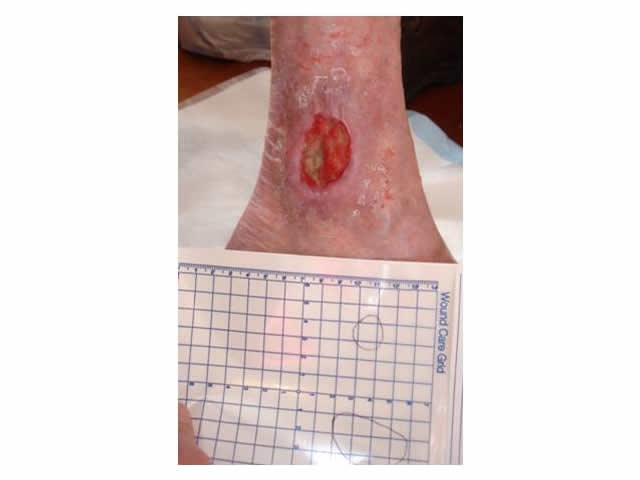
M7 13 Wound tracing
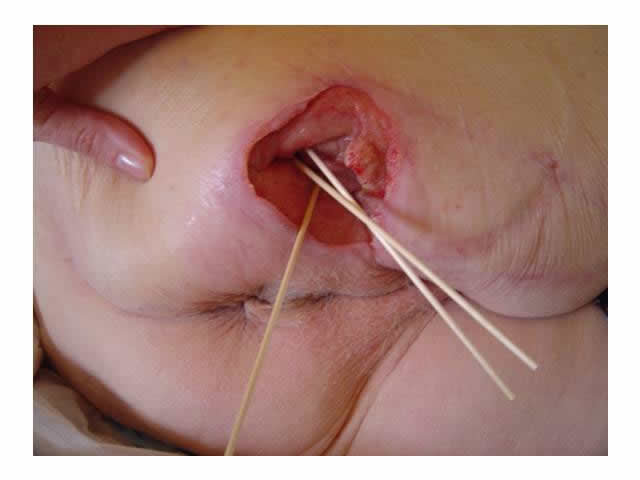
M7 14 Measuring wound depth
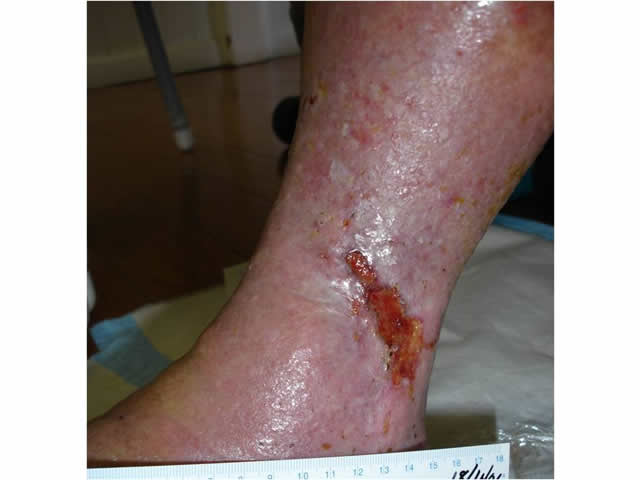
M7 15 Venous leg ulcer

M7 16 Arterial leg ulcer
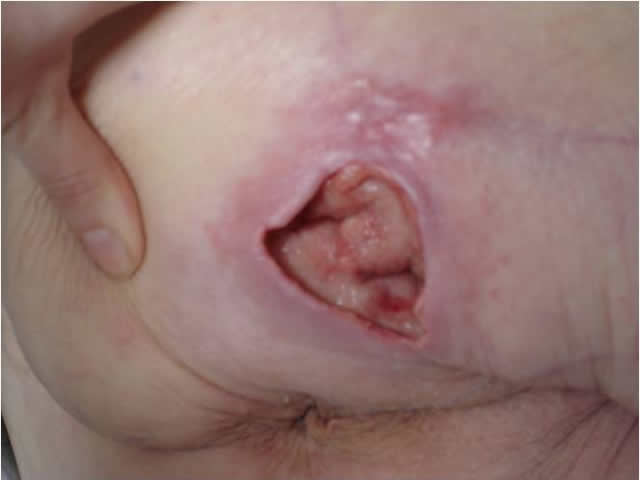
M7 17 Pressure injuries
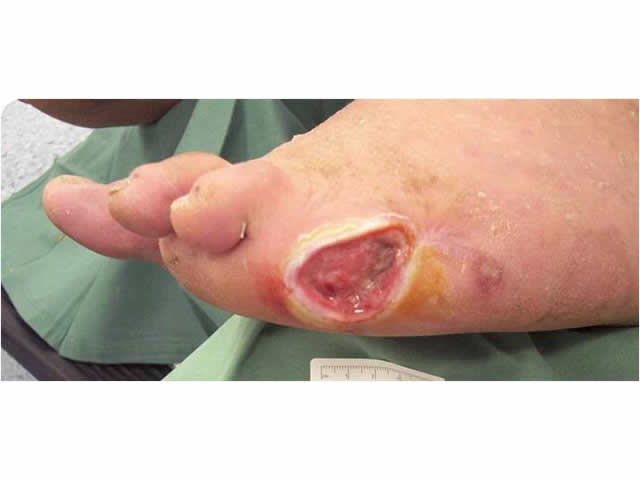
M7 18 Diabetic foot ulcer
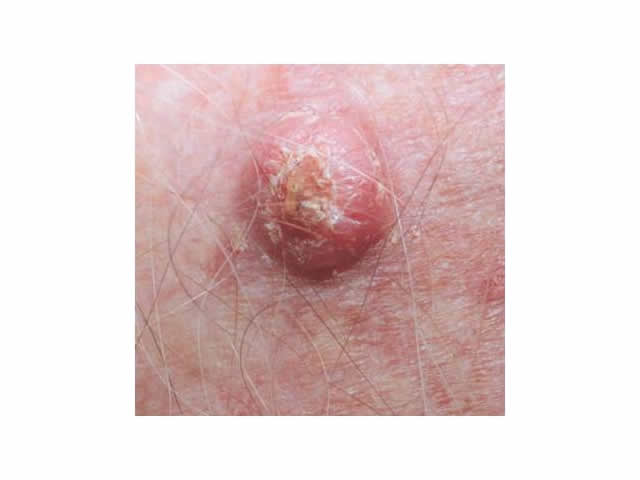
M7 19 Skin cancer
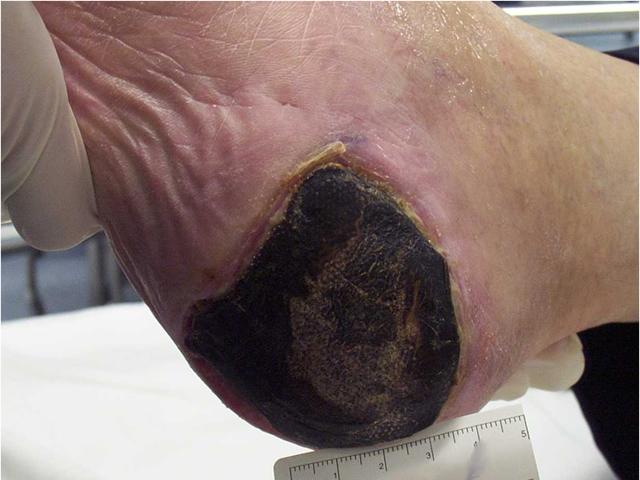
M7 20 Black necrotic wound
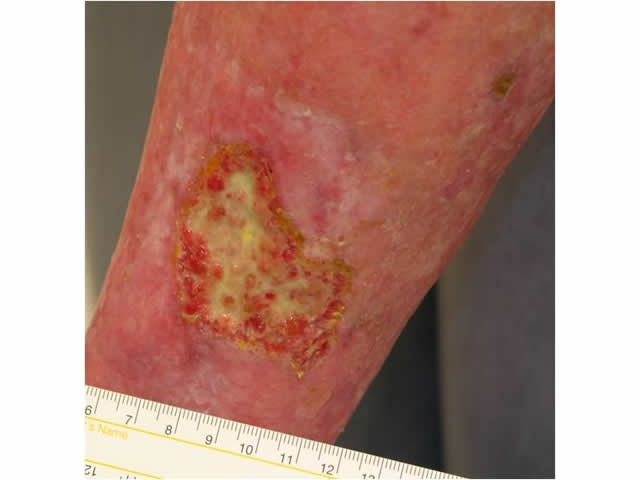
M7 21 Yellow sloughy wound
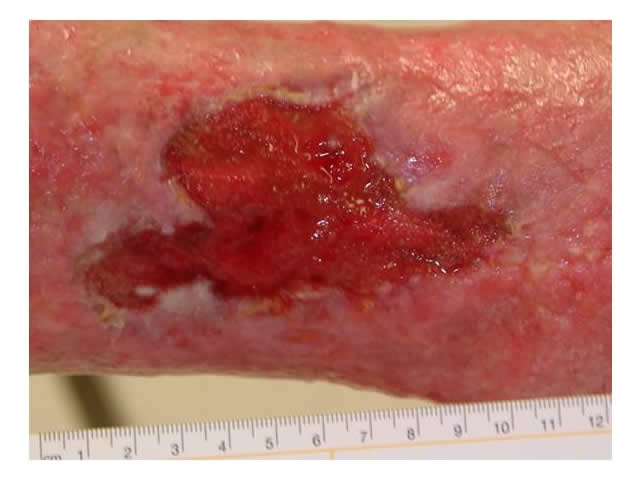
M7 22 Red granulating wound
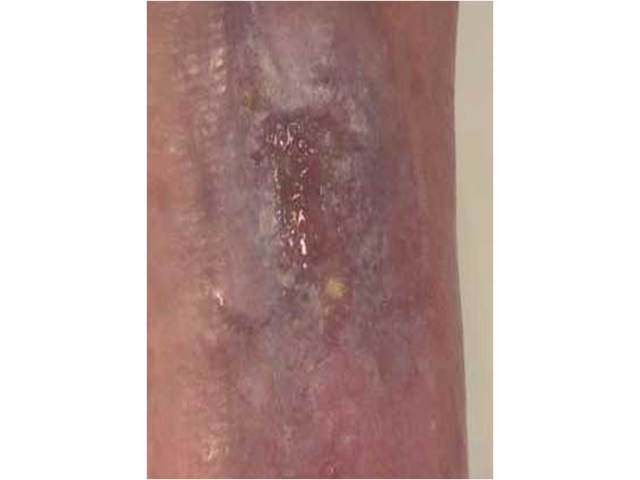
M7 23 Pink epithelialising wound
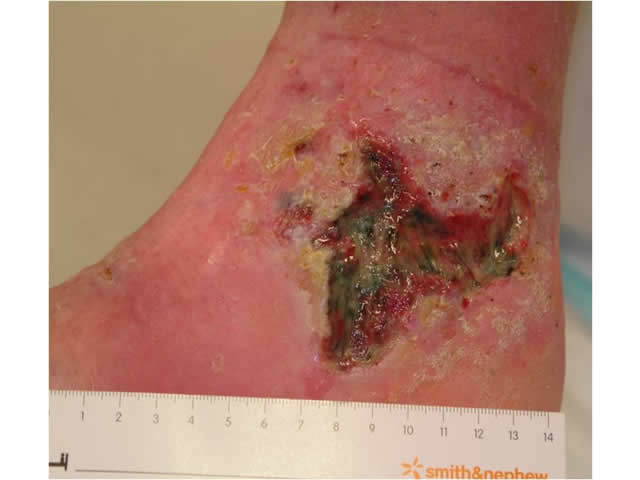
M7 24 Green infected tissue
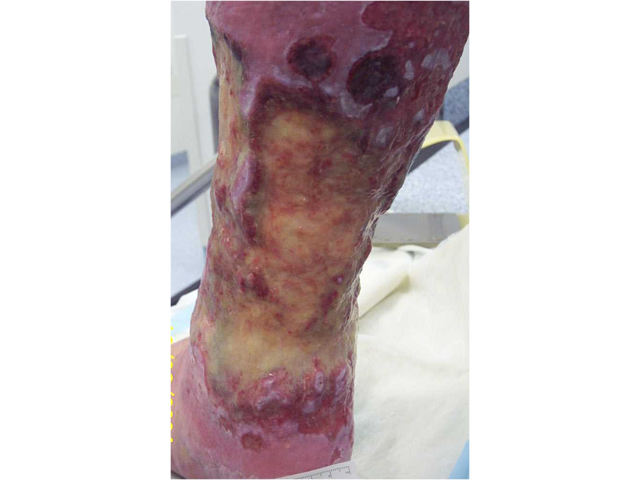
M7 25 Green infected wound
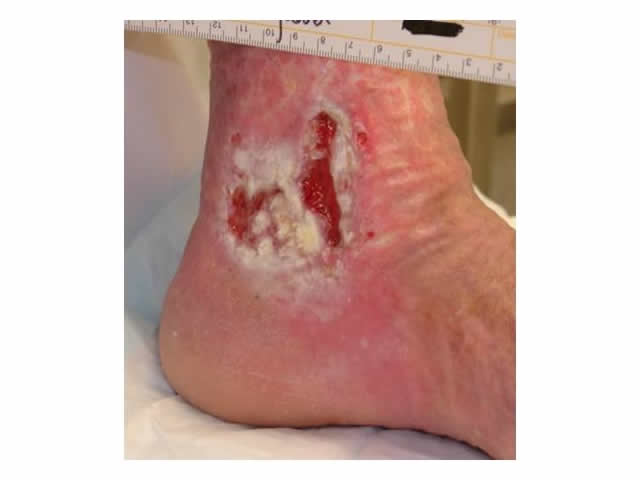
M7 26 Maceration
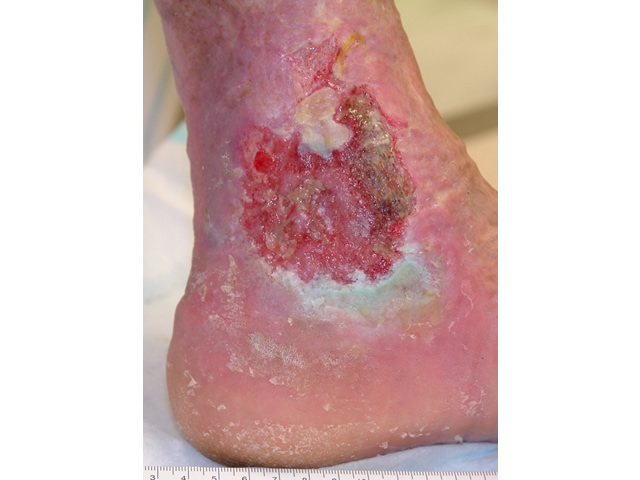
M7 27 Wound infection
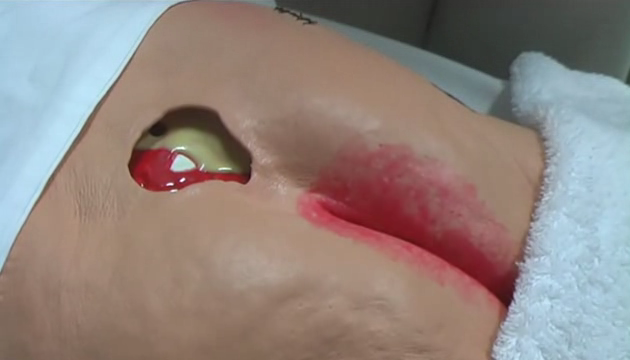
M7 V01 Principles of wound assessment


